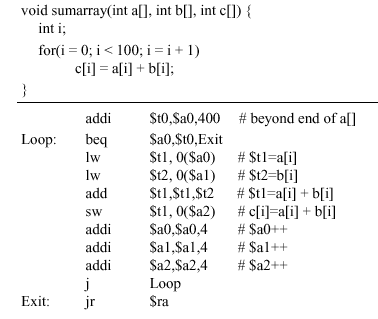Clusters, Grids and Clouds - these are the terms that we are hearing right now at many places. What are these actually ..
First of all let me tell you about a distributed system. Here goes the def
" A distributed system is a collection of loosely coupled systems connected via communication networks "
To say in simple terms, a distributed system is a collection of computer systems that do the same work with each computer having a heterogenous or homogenous processor and memory.
A cluster is a collection of computers forming a distributed computer system connected via fast Local Area Networks.
A grid is a collection of computers which are more loosely coupled and geographically dispersed than clusters. It can be viewed as a large scale form of cluster computing.
A Cloud is a mammoth collection of computers or data centers that provide access to shared resources, applications etc., with out the need for storage or installation space or processor power from your computer.
First of all let me tell you about a distributed system. Here goes the def
" A distributed system is a collection of loosely coupled systems connected via communication networks "
To say in simple terms, a distributed system is a collection of computer systems that do the same work with each computer having a heterogenous or homogenous processor and memory.
A cluster is a collection of computers forming a distributed computer system connected via fast Local Area Networks.
A grid is a collection of computers which are more loosely coupled and geographically dispersed than clusters. It can be viewed as a large scale form of cluster computing.
A Cloud is a mammoth collection of computers or data centers that provide access to shared resources, applications etc., with out the need for storage or installation space or processor power from your computer.













